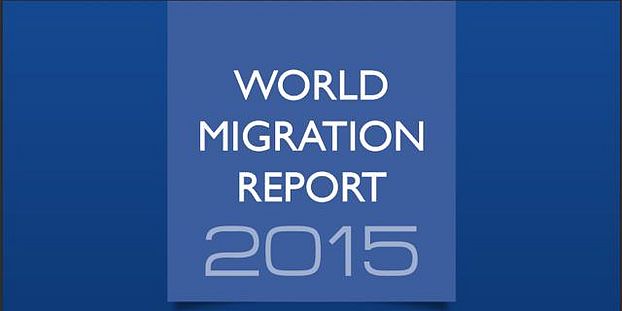Urban Migration Trends in the MENA Region and the Challenge of Conflict Induced Displacement

Maren Larsen, Mona Serageldi, François Vigier.
International Organization for Migration, 2015
Cradle of one of the world’s oldest urban civilizations, the Middle East and North Africa (MENA) is currently home to 357 million people. Its urban population grew four-fold from 1970 to 2010 and is expected to double again by 2050, from 199 million to nearly 400 million.1 This urbanization has been driven by several factors: economic development; migration from rural areas as endemic water shortages and modernization of the agriculture sector release labour; and, more recently, massive population displacements due to war and turmoil. According to estimates by the Office of the United Nations High Commissioner for Refugees (UNHCR), in 2010 there were 7.4 million registered refugees in Arab countries, most of them Palestinians, Syrians and Iraqis. However, this number has increased significantly in recent years as a result of the ongoing conflict in Iraq and the Syrian Arab Republic (hereinafter referred to as Syria). Intraregional and international population movements are a key characteristic of Arab countries. With the exception of oil-producing nations, local economies have viably created sufficient employment opportunities for the annual numbers of new entrants to the labour force given the age structure of the population. Outmigration has long been the option for young adults, regardless of their educational achievement. Europe and, to a lesser extent, North America have been traditional destinations, particularly for those coming from the Maghreb. Since the oil boom of the early 1970s, Gulf countries have been the prime destination for expatriate workers from the Mashreq; as of mid-2013, these countries hosted 2.4 million Egyptians and another 450,000 from the Occupied Palestinian Territory, Jordan and Syria. ...
